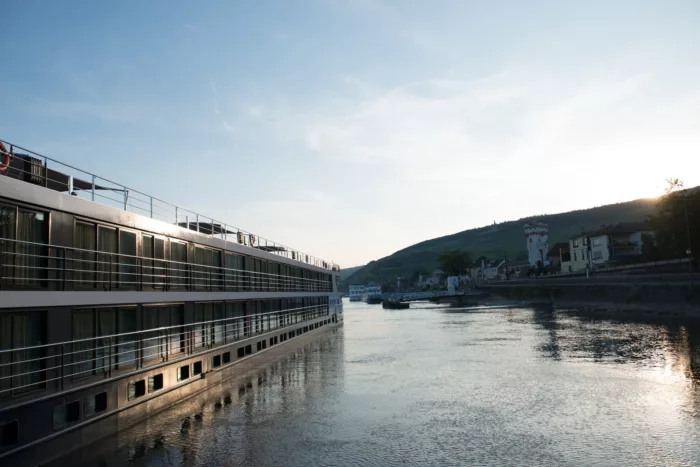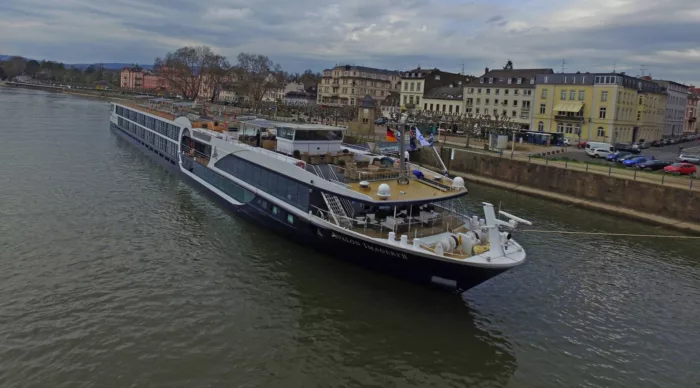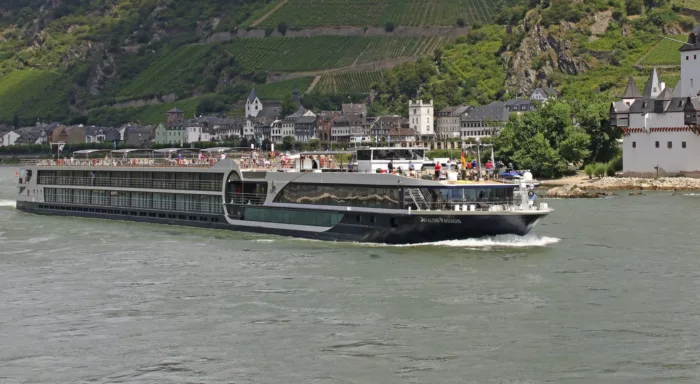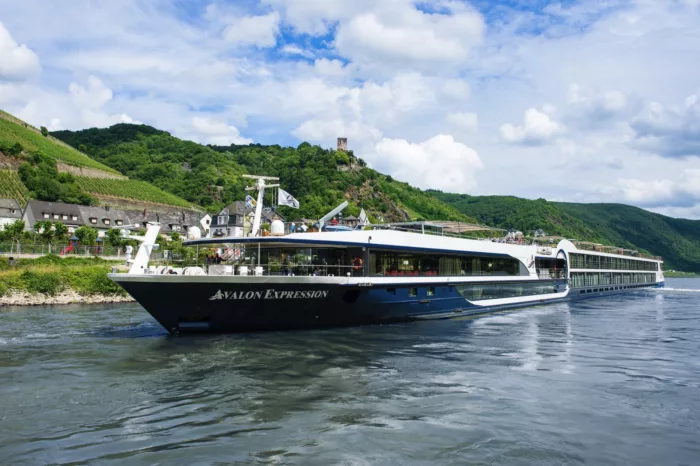Visiting:
Europe

Avalon Waterways
Avalon's suite ships in Europe and Southeast Asia boast wall-to-wall windows that transform cabins into open-air balconies, and there are also river-facing beds to make the most of passing views.
The line’s Active & Discovery sailings have optional action-packed experiences alongside traditional shore tours.
Avalon Waterways also offers short-break cruises of three and four nights.
166
Passengers
47
Crew
2019
Launched
2775t
Tonnage
135m
Length
12m
Width
12kts
Speed
4
Decks
EUR
Currency
Cruise Itinerary
Day 1
Amsterdam, Netherlands
Day 2
Rotterdam, Netherlands
Day 3
Antwerp, Belgium
Day 4
Gent (Ghent), Belgium
Day 5
Middelburg, Netherlands
Day 6
Willemstad, Netherlands
Days 7 - 8
Amsterdam, Netherlands
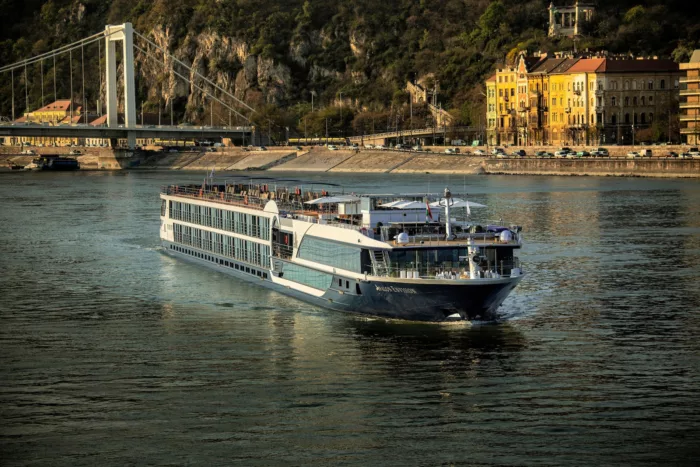
Day 1
Amsterdam, Netherlands

Day 2
Rotterdam, Netherlands

Day 3
Antwerp, Belgium

Day 4
Gent (Ghent), Belgium

Day 5
Middelburg, Netherlands

Day 6
Willemstad, Netherlands

Days 7 - 8
Amsterdam, Netherlands
Ship Details


Avalon Waterways
Avalon Envision
Just envision Europe's most spectacular views passing your panoramic window like ever-changing picture postcards. The Avalon Envision brings this dream to life as part of the youngest fleet of ships on Europe's waterways. Avalon continues our outstanding commitment to relaxed luxury and excellence with the Envision.
Cabins
All Prices



